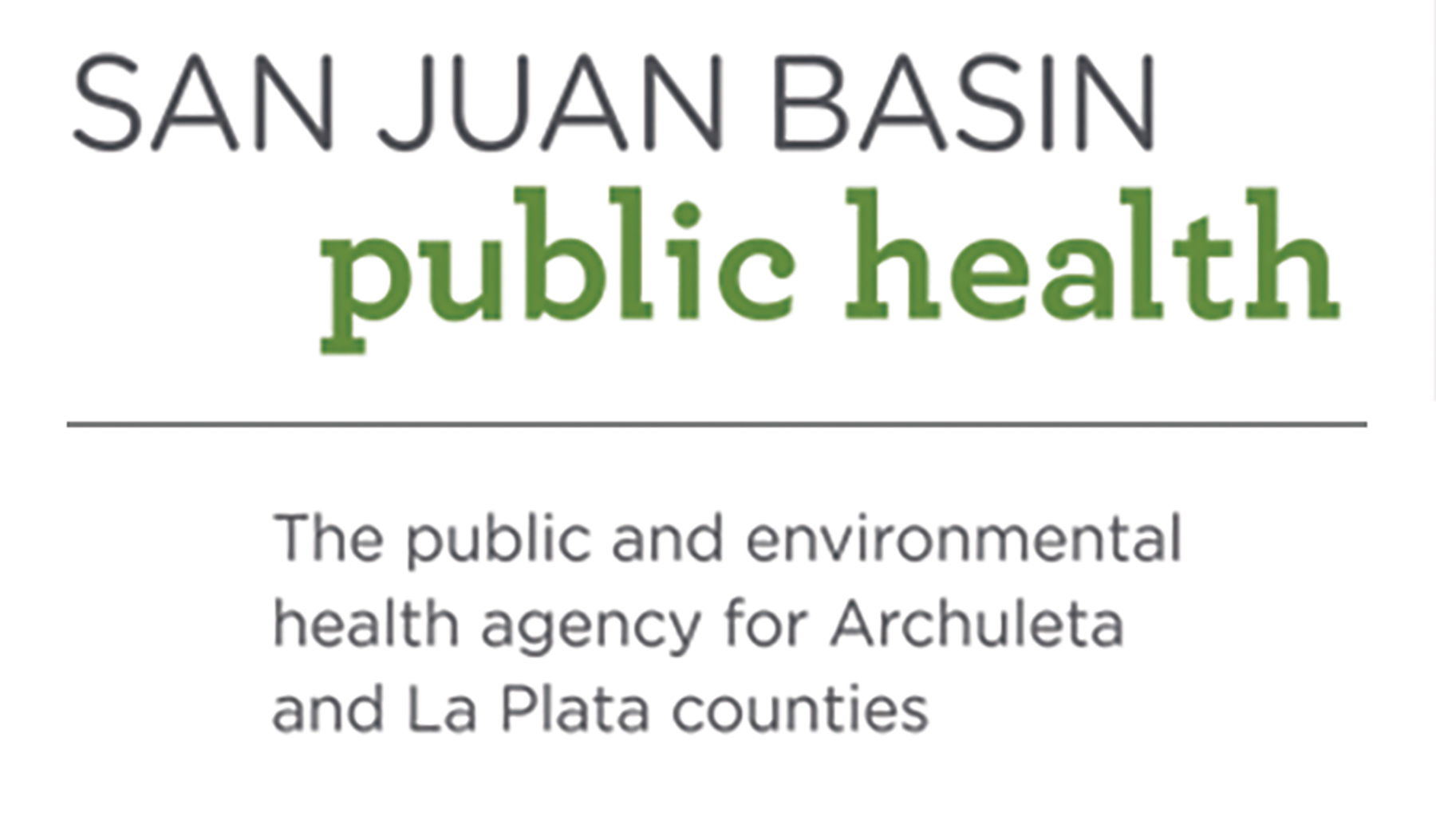SJBPH: Take preventive steps to avoid mosquito bites
The first human case of West Nile virus (WNV) infection of the 2020 season has been found in Delta County and was reported to the Colorado Department of Public Health and Environment (CDPHE). In 2019, there were 122 human cases of WNV throughout Colorado. Fifty-two of those cases had neurologic complications, there were eight deaths, and nine blood donors who were infected but asymptomatic. In 2019, there were six cases of WNV in La Plata County and one in Archuleta County.
Most people infected with WNV do not feel sick. About one in five people who are infected develop a fever and other symptoms such as headache, pain, and fatigue. People with mild illness typically recover within about a week with treatment, but less than one percent of infected people develop a serious, sometimes fatal, illness. Symptoms typically appear between two and 14 days after the bite of an infected mosquito. WNV cannot be spread person to person. People over the age of 60 and individuals with weakened immune systems are at an increased risk for severe disease. If you think you or a family member is sick with WNV, consult a health care provider.
Anyone living in an area where WNV is present in mosquitoes can get infected, particularly from June through early September when mosquitoes are most active. Those who work outside or participate in outdoor activities are at the highest risk. There is no treatment for the virus other than supportive care, and there is no vaccine to prevent it. The most effective way to prevent exposure to WNV is to prevent mosquito bites.
SJBPH reminds residents to use the Four D’s to protect against WNV:
- Use insect repellant containing Deet.
- Drain standing water around your house.
- Be especially careful when doing outdoor activities at dusk and dawn, when mosquitos are most active.
- Dress in long sleeves and pants where mosquitos are active.
To learn more about the symptoms, treatments, and other information for WNV visit [sjbpublichealth.org/communicabledisease]sjbpublichealth.org/communicabledisease. Information is also available from the Colorado Department of Public Health and Environment at colorado.gov/cdphe or Centers for Disease Control and Prevention at www.cdc.gov.

